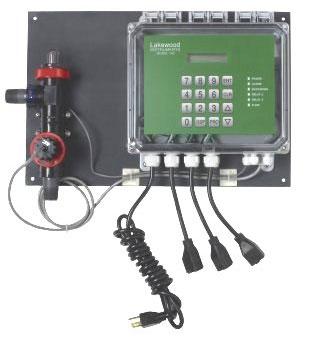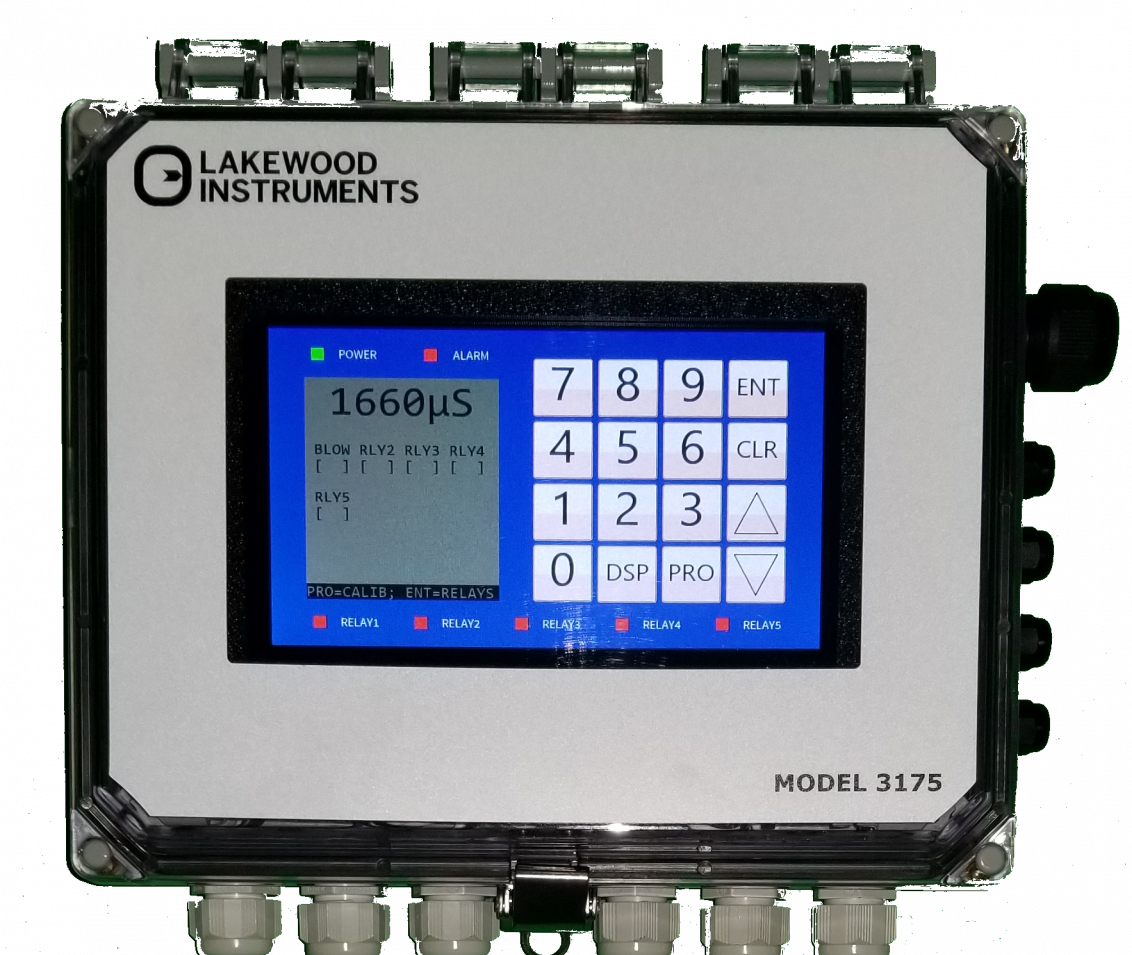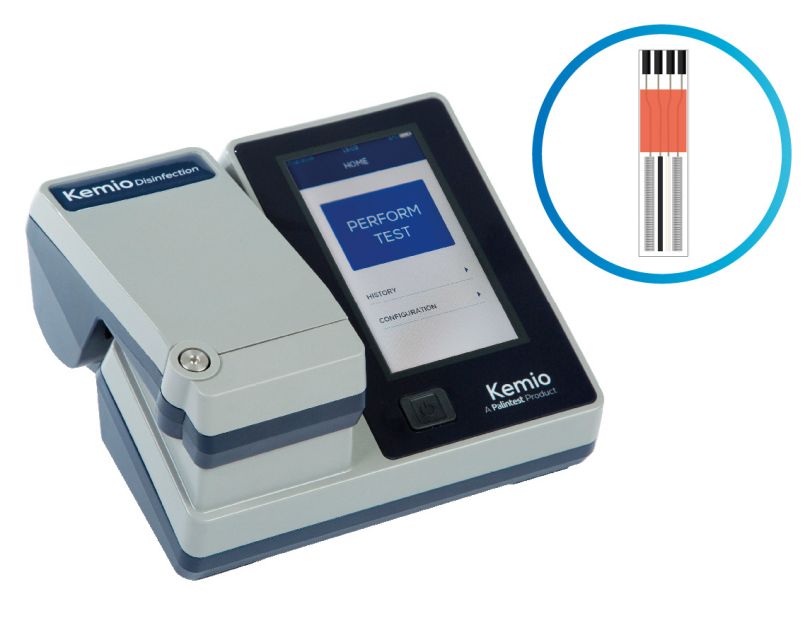Emulsion polymers activation basics
January 13, 2016 0 Comments

In the water treatment industry there are many applications for polymers. In this article we will specifically concentrate in the application of polymers in water clarification applications. We will go deeper in the preparation of emulsion polymers for its effective and efficient application in the systems.
Let’s start with a couple of definitions, what is a Polymer? Well, polymers are very long chained molecules that act like magnets. They attract suspended particles, thereby forming larger solids that are more easily de-watered or settled. Polymers can have a negative charge (Anionic); a positive charge (Cationic); or a neutral charge (Non-ionic). Polymers are normally shipped in one of two forms; liquid or solid. The liquid form is shipped in a concentrated oil based solution. The solution is normally either an emulsion or dispersion. Emulsions normally contain oil and up to 35% active polymers. Dispersions normally contain oil, water, and up to 50% active polymers.
For the polymer to correctly fulfill its function in water clarification, it needs to be activated. Why is that? Well, polymers are long chained molecules, as we mentioned before, and are wrapped around themselves in what you could call small balls. These balls are grouped in water and then encapsulated with oil. Hard to imagine but it would look like the image showed next. Before the polymers can be used, the oil shell needs to be removed and the chains unwrapped and extended. This process is called activation.
At the moment that the polymer is exposed to water, sufficient energy has to be added to very quickly disperse all the microscopic molecules and strip the oil off them. When the polymer is exposed to water it absorbs the water, unwinds, and extends. Maximum activation is achieved when all the polymer molecules have completely extended. Polymers are normally diluted to concentrations of 0.1% to 1.0%.
Failure to add enough energy during activation results in the formation of agglomerations, also called “fish-eyes”. “Fish-eyes” are nearly impossible to disperse. Adding more energy after activation will result in the breaking of the extended polymer molecules. The formation of “fish-eyes” or the breaking of the polymer molecules will cause higher polymer consumption.
The ideal polymer activation system is one that exposes the polymer to the right amount of energy during the correct amount of time. Systems that generate lower energy levels require that the solution be exposed to the energy source for longer periods of time. The lower energy levels will result in the formation of “fish-eyes”. The longer exposure times will result in the breaking of some activated polymer chains.
There is an economic impact related to the incorrect, or correct, activation of a polymer. For instance, if we are treating a system where we are feeding 50 Lbs./day of an emulsion polymer, which costs $2.25/Lbs., and we feed 365 days/year, the total cost of the polymer fed is roughly $40K. If the activation is not done correctly we could be overusing up to 25% more polymer than required, which represents about $10K extra cost a year. Are you correctly activating your polymer?
The first step to activate the polymer is to apply energy. This energy will strip the oil layer and will initiate the unwrapping of the polymer. Excessive energy will shear the polymer, reducing its effectiveness and increasing consumption. Not enough energy and the polymer is not going to totally unwrap, reducing its effectiveness and increasing consumption.
How do you apply the initial energy, well the key is agitation. When the emulsion is first exposed to the water, the solution should be agitated. The speed at which it is agitated depends on the concentration of the solution and the specifications from the manufacturer of the polymer. The duration of this hi energy agitation is very important as once the polymer is unwrapped it can then break the chains, reducing the effectiveness of the polymer solution. So, after a period of high energy agitation, the solution should go through a period of low energy agitation, to allow the full extension of the chains.
Besides the percentage of the solution and the correct application of energy to activate the polymer, there are other factors to take into account:
- Ionic strength (Hardness): multi-valent ions; adverse effect - Soft water helps polymer molecules fully-extend faster.
- Hardness over 400 ppm may need softener
- Oxidizer (chlorine): detrimental to polymer chains - Maintain less than 3 ppm
- Temperature: higher temperature, better polymer activation - In-line water heater for water lower than 40 Deg. F. Water over 100 Deg. F may damage polymer chains.
- Suspended solids: strainer recommended if > 10 ppm pH: negligible effect within pH 3 - 10
Our Liquid Polymer Feeders activate polymer by using our patented, motor-less, high energy, activation apparatus. The polymer activation apparatus provides the high energy needed to activate all types of liquid polymers but does not rely on high water flows to create the energy needed for activation. It injects the polymer into the dilution water stream and immediately makes the solution flow through a low pressure, high energy, activation nozzle.
The apparatus operates like a low pressure homogenizer. The polymer is activated as it passes through the annular nozzle orifice. The pressure drop across the nozzle is only 10 psi. This accelerates the solution to a velocity of about 40 ft/sec. The very high turbulence generated at the orifice is what activates the polymer. The polymer is exposed to this high activation energy only once, as it passes through the orifice. This prevents the accumulation of “fish eyes” and prevents breakup of uncoiled polymer molecules.
It maximizes the efficiency of the energy available in the water supply. It requires less than 20 psi to operate properly. It also self-compensates for fluctuations in the flow rate of the polymer and the water. This assures that the amount of polymer activating energy per unit volume of flow is constant for the flow range of the feeder.
The activation apparatus components are made of thermoplastics. The components are made of PVC, Teflon, and polypropylene. The spring is made of PVDF coated stainless steel. The entire assembly is assembled with stainless steel rods, and O-Rings. The assembly can be easily dismantled and reassembled for quick repairs. The injection valve has a PVDF body, a Viton seat, and a Hastelloy spring. It is externally mounted for easy access.
Signup to receive our newsletters, articles and special offers!
Also in Blog

Advanced Cooling Tower Management: Enhancing Efficiency with Lakewood Model 140
February 28, 2024 0 Comments

Optimizing Cooling Tower Performance: Understanding Efficiency, Maintenance, and Water Quality Management
February 28, 2024 0 Comments

Revolutionizing Water Analysis: Everything You Need to Know About the Kemio KEM10DIS
April 19, 2023 0 Comments

